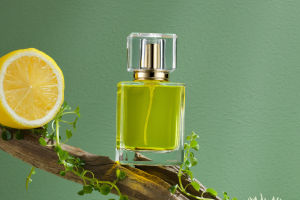In home decoration, vase flowers, with their beautiful appearance and enchanting fragrance, have become beloved decorative items for many people.
However, nurturing vase flowers is not as simple as just placing them in water; it requires meticulous care and attention to certain details.
This article will focus on the key points of nurturing vase flowers with water, providing practical advice to ensure your flowers remain vibrant and charming in your home.
1. Choose Suitable Flowers
First and foremost, selecting flowers that are suitable for water nurturing is crucial for successful care.
Many flowers can thrive in water, such as roses, carnations, lilies, and hydrangeas, but some flowers, like tulips and sunflowers, may be better suited for soil cultivation. Understanding the growth habits of different flowers and choosing suitable varieties can lay a solid foundation for future care.
2. Select the Right Container
The choice of container is also vital. Transparent glass vases or ceramic vases are common choices; they are not only aesthetically pleasing but also allow you to observe the water level and root growth directly.
Choosing a container of appropriate size ensures that the flowers have enough space to grow and prevents overcrowding of the roots, which can lead to poor growth. Additionally, ensure the container is clean and hygienic to avoid bacterial growth.
3. Pay Attention to Water Quality
Water quality has a significant impact on the growth of vase flowers. Chlorine and heavy metals in tap water can harm flowers; it is recommended to use filtered water or tap water that has been left to stand for 24 hours, allowing chlorine to dissipate.
Keep the water clean by changing it regularly, ideally every one to two days, to maintain freshness and effectively prolong the life of the flowers.
4. Maintain Appropriate Water Levels
Keeping the water level appropriate is very important when nurturing vase flowers.
Most flowers need their stems to be submerged in water, but the leaves should avoid contact with the water's surface to prevent rot. During the care process, check the water level regularly and add water promptly to ensure the flowers can absorb enough moisture.
5. Regular Pruning
Regularly pruning the stems of vase flowers can promote new root growth and improve moisture absorption.
When pruning, it is best to do so underwater to prevent air from entering the stems and affecting moisture uptake. It is generally recommended to prune every week, cutting about 2-3 centimeters at a diagonal, which helps the flowers absorb more water.
6. Control Environmental Conditions
The growth of vase flowers is greatly influenced by environmental conditions. When caring for vase flowers, try to place them in a warm, sunny spot while avoiding direct sunlight, and keep them away from high temperatures and cold drafts. Maintaining indoor humidity and avoiding overly dry air will ensure the flowers can thrive.
7. Provide Nutrients
Although vase flowers rely on water, proper nutrient supplementation is also essential. You can choose water-soluble flower nutrients, diluted according to the instructions, and add them regularly—typically every two weeks—to effectively enhance the vitality of the flowers and maintain vibrant colors.
Caring for vase flowers is a beautiful and enriching way to bring life into your home. Understanding the related care tips can help you take better care of your flowers and prolong their life. Let us experience the pulse of life and harmony with nature in this process, creating a vibrant and lively home environment together.


